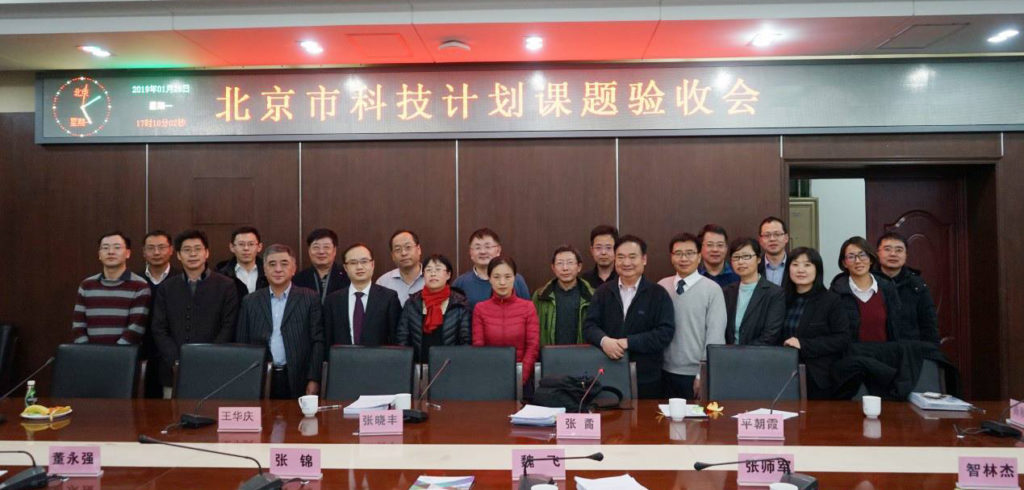Research on large-scale application of graphene rubber composites, conducted jointly by Beijing Tiancheng Linglong Tire, a wholly owned subsidiary of Linglong Tire, and Beijing University of Chemical Technology, has been successfully audited by the Beijing Municipal Science & Technology Commission.
The research marks a huge R&D milestone for Linglong Tire, and demonstrates the applicability of graphene in the production of energy-efficient tires.
Leading experts from Tsinghua University, Peking University, the National Center for Nanoscience and Technology, Beijing Normal University, and Beijing Research Institute of Sinopec participated in the audit.
Guo Baochun, a professor from the South China University of Technology, and his team provided key technical support on the project.
Trial production of the graphene-enhanced tire was completed on the semi-steel radial tire production line at Linglong’s Zhaoyuan manufacturing facility.
As part of the research the team developed a special low-cost graphene pretreatment technology. After the pretreatment body was applied in the tread formula, the graphene-enhanced tire could be produced without changes to the existing production process and equipment; only some small process adjustments were required to ensure the feasibility of the industrial production process at a controllable cost.
The tire produced is said to be extremely safe and anti-static, and also fuel efficient. In fact it is claimed to achieve an A grade for fuel efficiency on the European tire label, and an A for wet grip. In addition, the abrasion resistance and thermal conductivity of the tire is also extremely high.
Graphene offers ultra-high conductivity and thermal conductivity. Only a small amount of graphene in polymer composites can significantly improve the conductivity and thermal conductivity of the materials.
Also, its ultra-high strength and the super large specific surface area of graphene enables the abrasion resistance of rubber composites to be greatly improved. Micro interface technology developed by the research team can be used to reduce the fuel consumption of a graphene tire.



